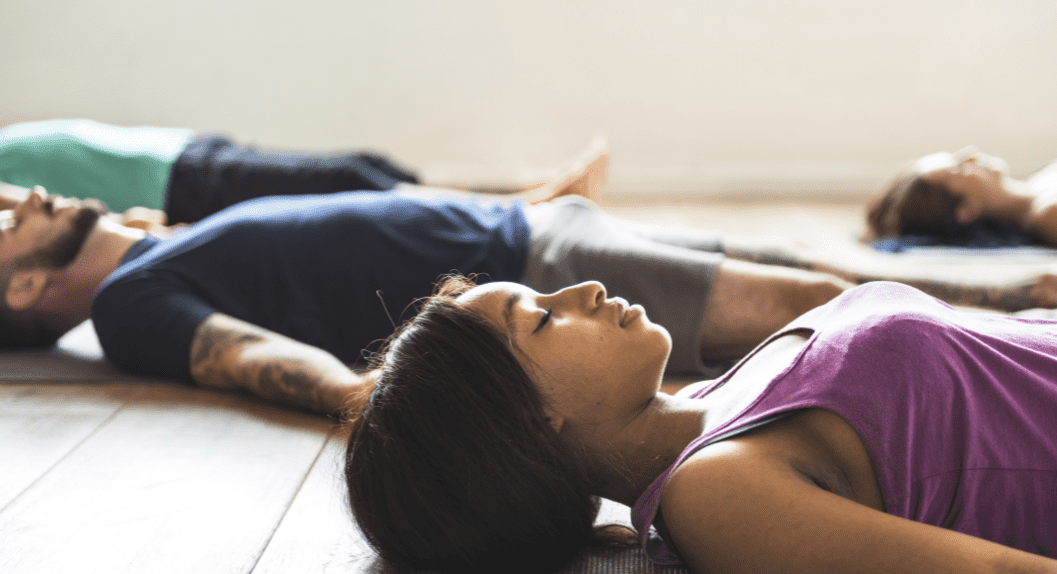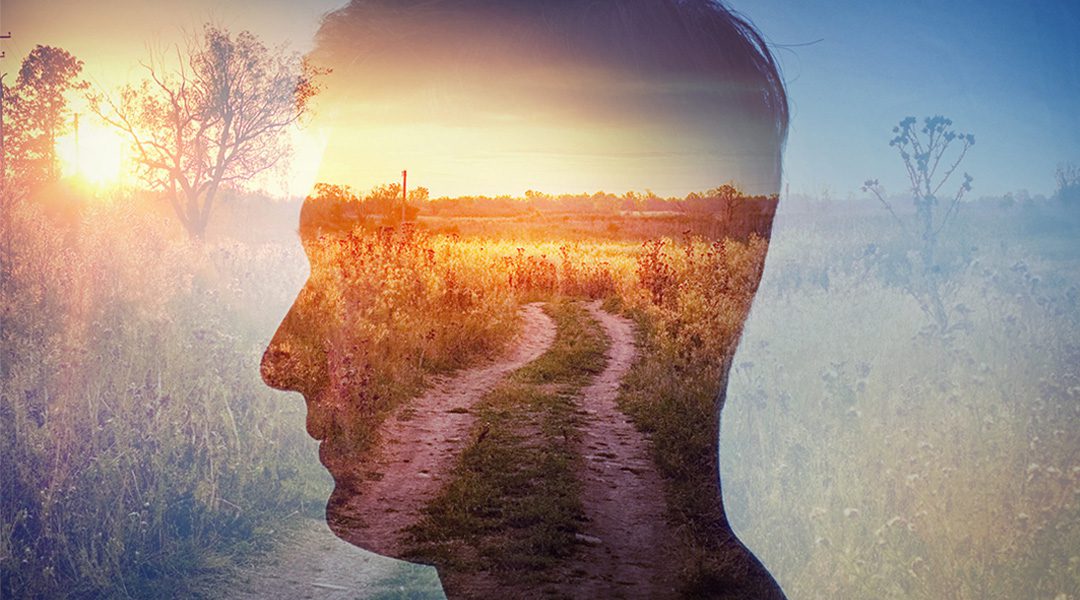In the US, Yoga is a $27+ billion industry. But is it even real Yoga? One teacher reflects on how a recent class changed him—but not in the way you’d expect.
I discovered Yoga at the age of 13 in Union City, NJ.
I saw a little paperback book for $2.25 called The Complete Illustrated Book of Yoga by Swami Vishnudevananda. I took it home and began my practice in my grandmother’s bedroom. It was a pivotal point that opened the door to my quest for truth. It gave me hope that there was a magnificent possibility that life and spirit were so much more than what my Catholic school taught.
Many years later, I discovered Paramahansa Yogananda, followed by our Beloved Swami Satchidananda via the Integral Yoga Institute in San Francisco. I was so grateful for Integral Yoga and all the blessings and evolution I had come to experience that I inevitably became a Certified Yoga Instructor.
So I went to a Yoga class the other day, just to see how others do it. I have been a teacher since 1996, and since I began teaching, I have taken only two Yoga classes, both recently. The rest has been my own practice and teaching.
Over time I have seen the transformation and surge of many modalities of Yoga. It has been an interesting observation to witness the “supply and demand” of Yoga in its many variations, depending on the demographics of geography. The western mind and culture is one of action. It is the Yang complementing the Yin inclinations of eastern cultures. Hence, it seems like the more popular classes are those that emphasize more of a “work out” feel, such as “hot Yoga” studios popping up everywhere. This was not “hot Yoga,” so I decided to go and have a relaxed class.
The western mind and culture is one of action…I was clearly reminded of the western mentality’s need for tangible action and a feeling of a work-out from Yoga.
The place had been highly recommended enough. The teacher was very nice and welcoming. It was his studio. Class began, and was surprisingly interactive and chatty. I thought it would wind down into introspective inward focus, but it didn’t. The instructor was very chatty, and while very pleasant, was not conducive to the experience that I am accustomed to in a Yoga class. He said, “What is Yoga anyway? Just stretching, right?” He was very encouraging of students looking at each other for comparison while getting into poses.
I was clearly reminded of the western mentality’s need for tangible action and a feeling of a work-out from Yoga. I even heard on the radio a few months back that it was being proposed to make Yoga an Olympic sport! It may be said that a more “active” version of Yoga may be useful in introducing some of the benefits of Yoga to those who otherwise would never experience it. However, it may dilute the true essence of this Holy Science.
I felt very fortunate to have been introduced to it and trained the way I was. The Sutras of Patanjali clearly teach us that Yoga is a Holy Science, originally created to facilitate a deeper connection to the Divine by eliminating or reducing the sensory interruptions of physical, mental and emotional imbalances. It is further emphasized that Yoga should be approached with a beginner’s heart.
There is no competition in Yoga; not even with yourself. Looking at another for brief clarification on a pose is fine, if the verbal instruction given is not sufficient, but otherwise, bringing the awareness within is imperative. The excessive use for props also detracts from building self-sufficient strength and flexibility. Use of props may, in fact, hinder the practitioner’s progress and create a false sense of achievement that could result in an aggravated injury due to a false sense of security.
As Integral Yoga teachers, it is our responsibility and privilege to uphold the true essence of Yoga’s purity. That means facilitating a class that brings balance to the consciousness of the students. A combination of easeful poses, pranayama, and meditation imparts the true culture and science of Yoga.
I believe the world does not need another sport or “workout.” It needs Integral Yoga.
This article was originally Published in the Integral Yoga Teacher’s Newsletter, 2014.



